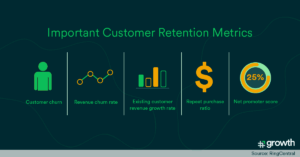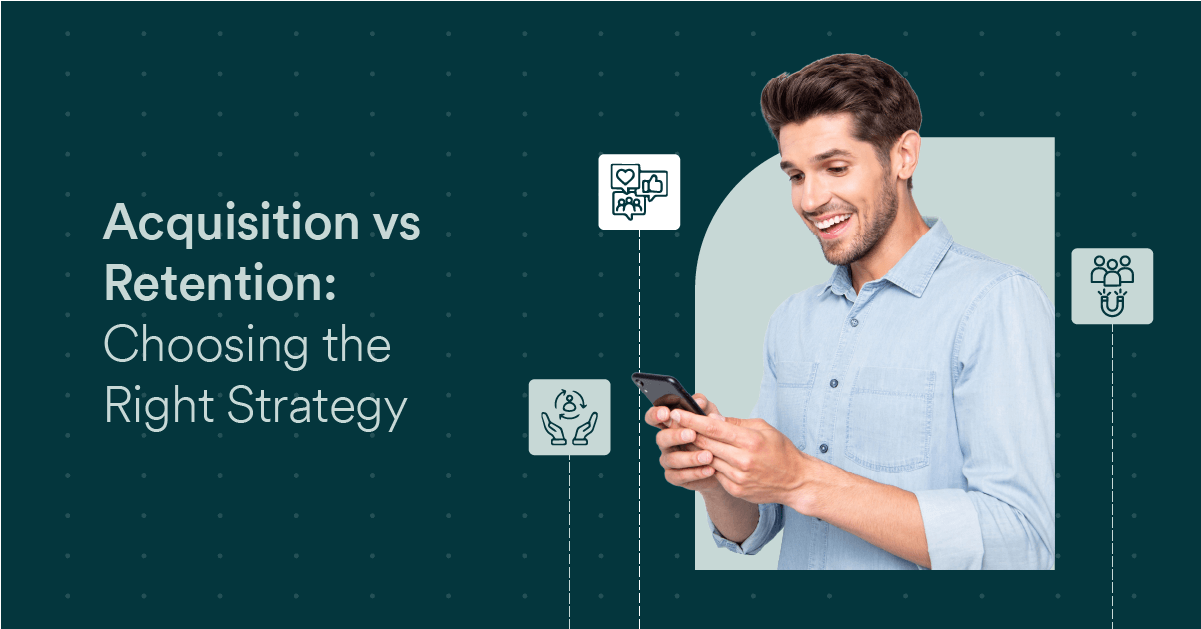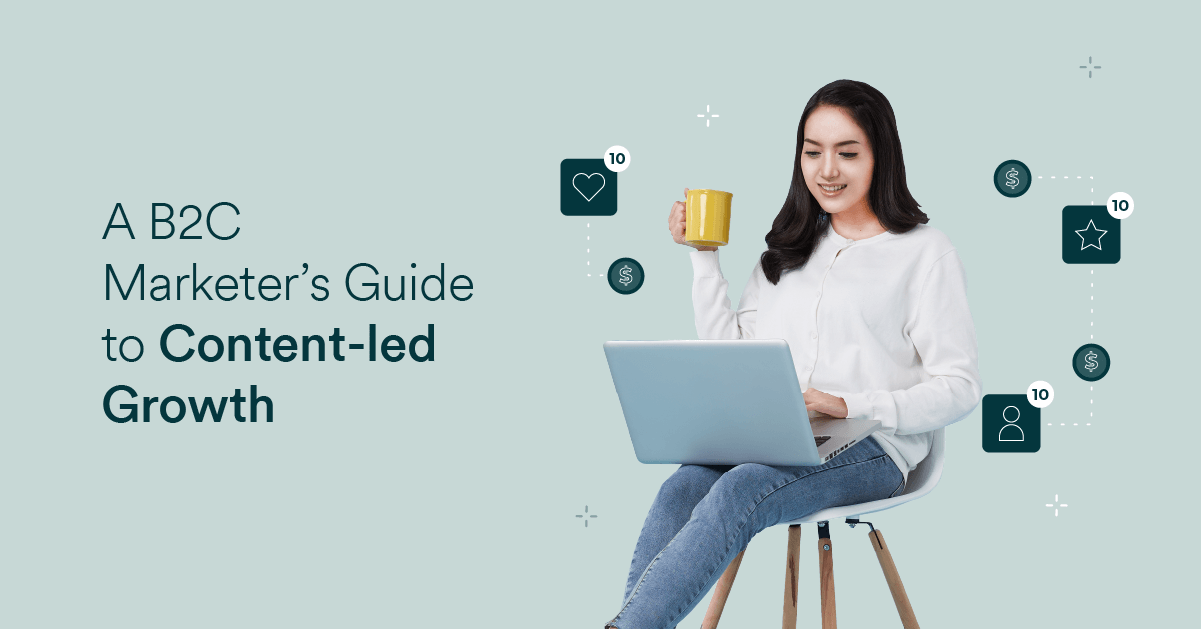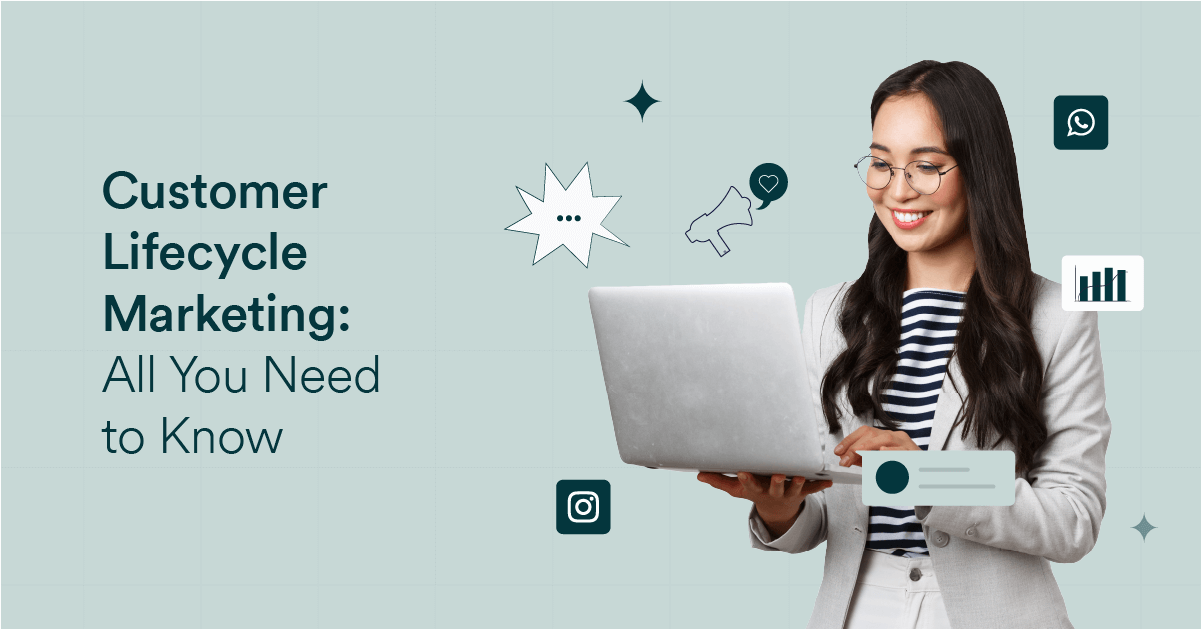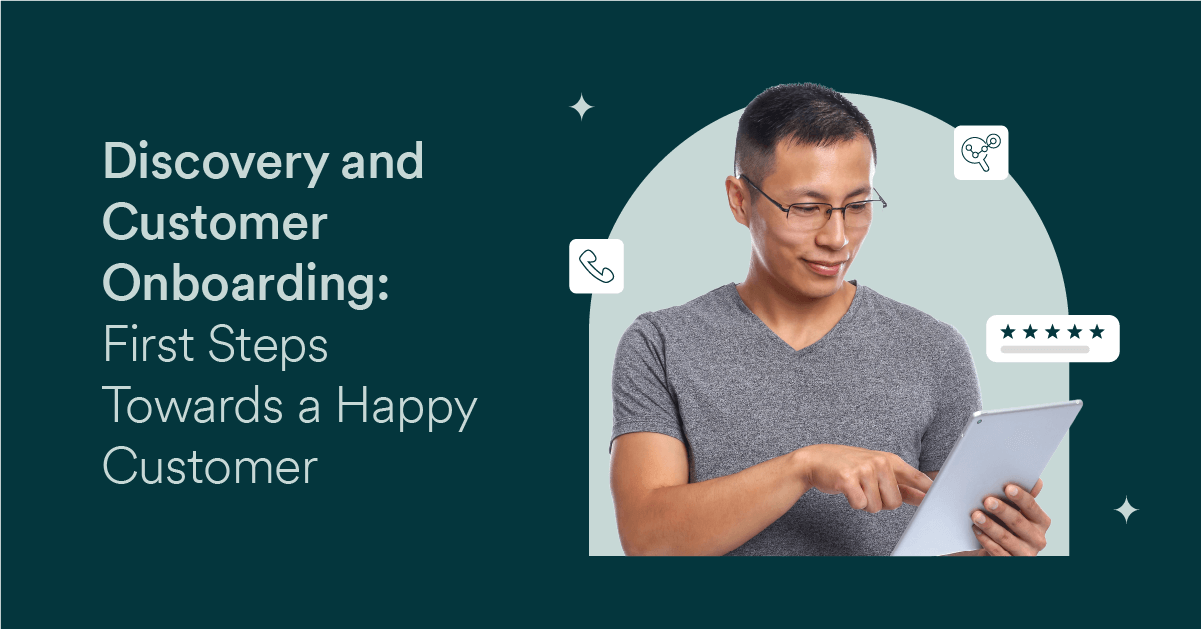Retention Strategies: How to Keep Your Customers Coming Back for More
Customer retention stands at the forefront of every business owner’s mind. And why shouldn’t it? Retaining a customer is good for the top line as it helps lower the cost of acquiring customers. Data suggests that acquiring new customers costs 5x-8x more than keeping existing customers. Moreover, existing customers will likely spend 67% more on average than new customers. Besides, a returning customer is a sign that you are doing good work of engaging and maintaining your relationship with your customers well.
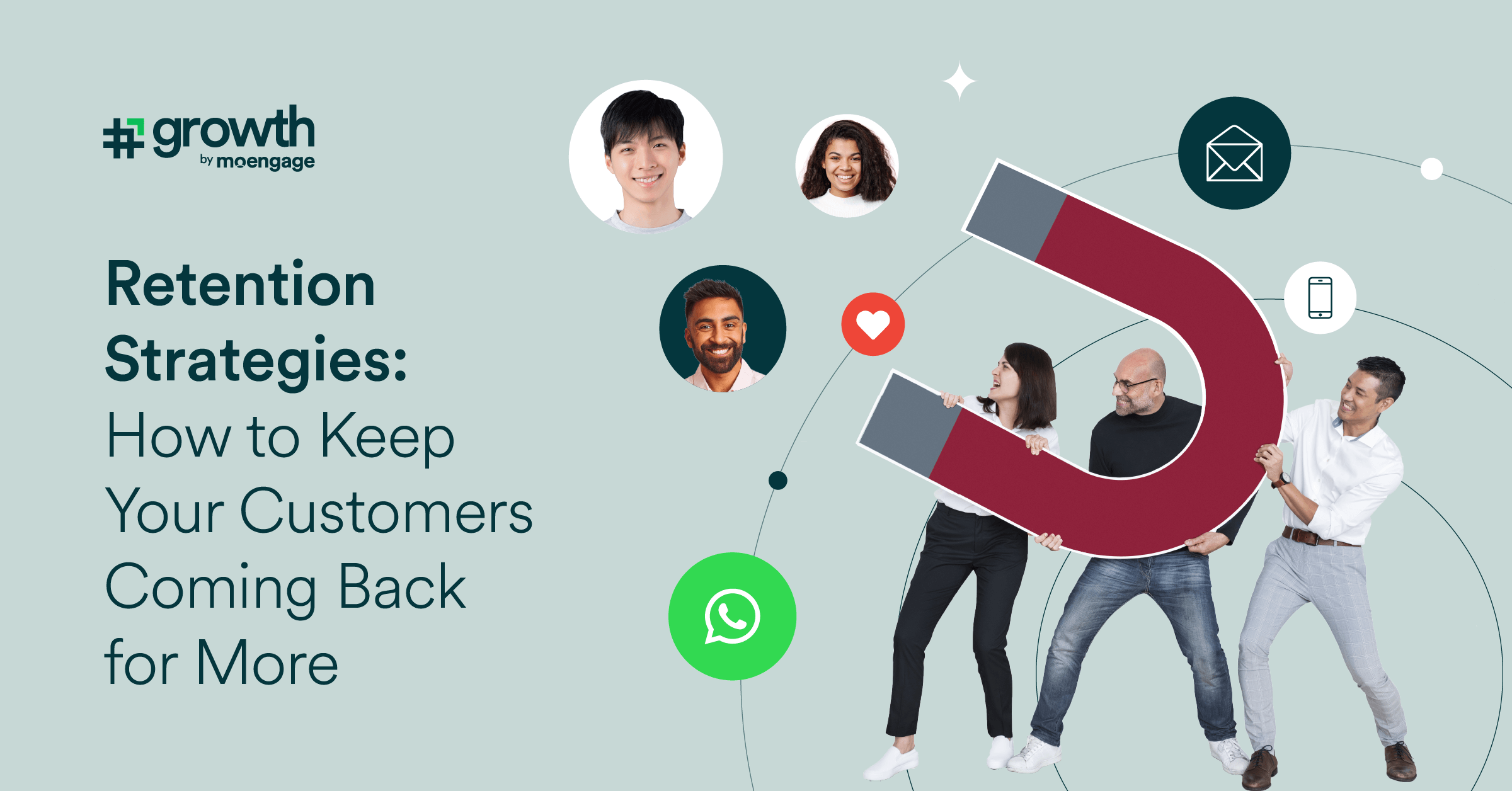
Customer retention stands at the forefront of every business owner’s mind. And why shouldn’t it? Retaining a customer is good for the top line as it helps lower the cost of acquiring customers. Data suggests that acquiring new customers costs 5x-8x more than keeping existing customers. Moreover, existing customers will likely spend 67% more on average than new customers.
Besides, a returning customer is a sign that you are doing good work of engaging and maintaining your relationship with your customers well.
Importance of Customer Retention
Customer retention rate refers to the rate at which a business’ customers repeatedly buy its products. Depending on the company’s nature, this could be weekly, monthly, or annual, and creates a regular revenue stream. Therefore, it goes without saying then that a higher retention rate is one of the most desirable and pursued goals in business today.
If a customer buys a product or service from a company more than once, they become a repeat customer. For example, if 75% of a music subscription service’s customers renew their subscription every month, the customer retention rate is 75% per month.
Every brand needs to worry about customer retention because, as explained earlier, retaining an existing customer is cheaper than making a new one. A company can gain more value from a single customer who comes repeatedly compared to a customer who buys only once. This is because a returning customer continues buying the same product and could consider upgrading to a new product or purchasing another new product or service from you.
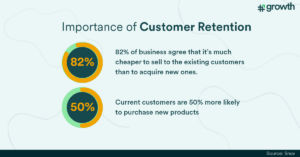
Customer retention makes it easier for a business to grow and expand by saving time and effort to reach new customers.
Understanding Customer Retention and Loyalty
Customer loyalty and retention feed into each other but are different. Customer loyalty refers to customers who have a favorable opinion of your business and are likely to expand their purchases from you, engage with your business, and advocate for it. A retained customer is not necessarily a loyal customer.
Several metrics can evaluate how good your brand is at retaining customers.
For instance, you can look at the average customer lifetime value (ACLV). This metric measures the money a single customer will spend with your business during their lifetime relationship with you. Other important metrics include customer relationship rate, net promoter score, and customer satisfaction score.
Customer relation rate or CRR: This is a highly desirable metric, and successful businesses aim to attain a CRR of about 80-85%.
Net Promoter Score or NPS: Often, after a shopping experience, you are asked – ‘On a scale of 1 to 10, how likely are you to recommend the service or product to a friend?’. That right there is the Net Promoter Score. This measures the loyalty and enthusiasm of customers. A delighted customer experience would lead to a higher NPS.
Customer Satisfaction Score or CSAT: This relatively straightforward calculation represents a percentage. To calculate this, you must add all positive scores, divide them by the total number of survey participants, and multiply it by 100.
While customer retention can seem like an abstract concept, there are proven and actionable steps companies can take to retain more customers.
42% of customers are willing to pay more when they get a more welcoming customer experience. If your brand delivers a delightful experience to the customer, it is more likely that they will come back for more. That’s why curating your customer experience is worth the effort.
Some ways customer experience can be enhanced are:
- Having a friendly and honest sales approach
- A responsive and helpful customer support set-up
- Creating a frictionless experience for buyers
- Taking customer feedback seriously and working on it
- Personalizing customer experience
An increasing number of brands are now focusing on personalizing customer experience. 90% of leading marketers believe that personalization dramatically contributes to business profitability. By offering a tailored way of interacting with customers on various channels, personalization can help deliver unique experiences to users. Brands can now provide personalization at scale using automation tools.
Customer Engagement Platforms and Customer Retention
Customer engagement refers to how customers engage with your brand. Customer engagement happens to be one of the critical drivers of conversion and retention. As more brands work towards engaging better with customers, they use customer data to evaluate and improve engagement. Customer engagement platforms, or CEPs, enable marketers to do just that.
A CEP comprises tools that help analyze customer behavior and interact with them at various touchpoints. Effective CEPs like MoEngage allow brands to track the customer journey and make contextual and personalized offerings. This way, customers are bound to feel valued by the brand. Engagement platforms contribute substantially to retention, be it smooth onboarding or making personalized, timely recommendations.
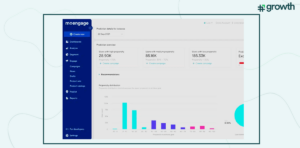
Choosing the right CEP for your business depends on marketing goals, costs, existing team skills, resources, budgets, and data privacy.
Exclusive Experiences: Driving Retention
An exclusive experience means providing something unique to a particular set of your regular repeat customers that is unavailable to others.
When you create an exclusive experience for a customer, you signal to them that you value them and are willing to go the extra mile. Exclusive experiences can significantly help with increasing the customer lifetime value as well as the customer retention rate.
An example of an exclusive experience is your very own Amazon homepage. Have you ever noticed how Amazon’s app homepage recognizes your latest obsessions and recommends what you’re looking for?
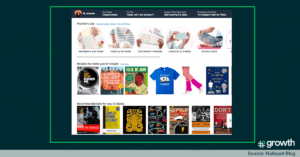
Another lesser-known example is that of Tommee Tippee, a manufacturer of baby products. It so happened that an autistic child named Ben would drink only from the Tommee Tippee sippy cup and wanted the replacement of a Tommee Tippee sippy cup that was a limited edition and discontinued. On tweeting this to the company, Tommee Tippee declared a limited run of 500 finished cups, especially for Ben.
Here’s how brands can create exclusive experiences for their customers:
- Get customer feedback
- Tap into social listening
- Leverage AI tools for a razor-sharp customer focus
- Personalize at scale at various touchpoints
- Engage in real-time
Rewards: Reinforcing Retention
Another way to cultivate customer retention is through a loyalty program or rewards system. This can incentivize a customer to spend more on your business.
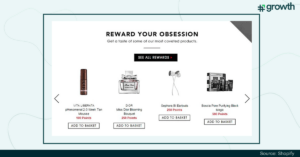
An example of a super successful loyalty and rewards program is that of Sephora’s Beauty Insider. The program has over 17 million loyal members, accounting for nearly 80% of Sephora’s annual sales. The unique program allows members to choose how to use their reward points, including limited edition products and in-store beauty tutorials.
Customer Retention and Word-of-Mouth Marketing
Customer retention can kill two birds with one stone. It doesn’t just provide repeat business for your company; it can also lead to word-of-mouth marketing. This means that customer retention can also lead to an increase in your customer base.
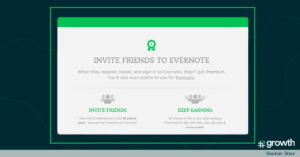
92% of consumers in a survey believe their friends and family over any kind of advertising. That’s the power of word-of-mouth marketing.
There are some proven ways to generate word-of-mouth marketing through leveraging loyal customers.
How to generate positive word-of-mouth marketing:
- Asking customers to review your business online
- Offering a referral program
- Tapping into influencer marketing
- Offering free samples or trials
For example, brands like Uber have a brilliant referral program to get new customers and reward existing ones.
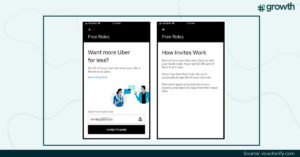
Retention Rates and Lifetime Value
Retention rate is the percentage of customers you retain over a specified period. Customer lifetime value (CLV) is the amount of money that a single customer spends on your business throughout their relationship with your business.
A higher retention rate can lead to higher lifetime value. Here’s how: If a customer remains with your business for an extended period, they will tend to spend more money, which increases their lifetime value.
How to improve retention rates and lifetime value:
- Offer referral programs
- Make targeted, personalized campaigns at the right touchpoints
- Make engaging content
- Listen to your customers
- Leverage up-selling and cross-selling strategies
Personalization in Retention Strategies
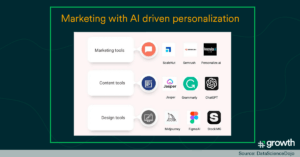
By creating exclusive experiences for your customers, personalization can help with customer retention. Personalization aims not just to make the customer feel valued but also to offer products and services that are best suited to that particular customer at the right time. For instance, a customer may have left a product in their shopping cart because they may not have funds. If you offer them a customized deal, they will likely buy and return, too!
Leveraging customer data plays a critical role here. If you know why your customer is coming back or, instead, why they are not, you can hit just the right spot in customer experience.
There are several tools for personalized retention based on the nature of your business. Some of these are Google Optimize, OptiMonk, Proof, and Segment. With the advent of AI, several of these tools use AI technology to personalize your marketing efforts further.
Spotify again reaches the top here with its “Spotify Wrapped.” The streaming service gives each customer a comprehensive report of what they listened to throughout the year, getting them to hear more and explore more music genres.
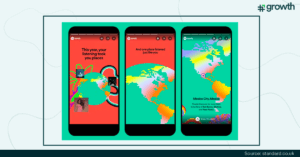
Brand Reputation and Customer Retention
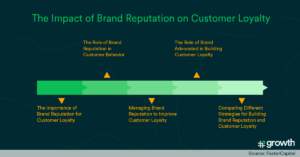
How is brand reputation related to customer retention? A better brand reputation makes customers feel they’re getting a good deal when they shop with your brand.
One of the primary hesitations that a customer has when shopping is which brand to trust. A good brand reputation is likely to make the customer trust you more. For example, consumers tend to buy more from brands like Apple because of their reputation for attention to detail.
Here’s how you can improve your brand reputation:
- Have a consistent online presence
- Enhance customer service
- Have robust crisis communication strategies
- Deliver what you promise
- Take feedback and reviews seriously
Emerging Trends in Retention Strategies
Emotional loyalty: Individuals with high emotional attachment choose their preferred brand for a specific item 82% of the time. Think of a brand like Barbie or Lego—generations have used them as go-to brands for gifting. More brands focus on creating a solid emotional bond by comprehending customer preferences, behaviors, and pain points.
Gamification: Is retaining customers a challenge? Gamify it! That’s what Nike did with its “Nike Run Club.” The brand makes it competitive and rewarding for customers while engaging with or using their product.
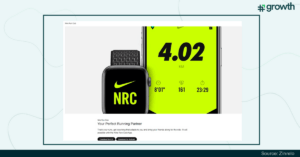
Self-service Customer Support: In the age of AI and chatbots, customers should be able to get their queries answered immediately. 24/7/365 is the new normal. Nearly 69% of customers try to solve their issues themselves before reaching out for support. Brands are increasingly adding automated permission in the form of bots to retain customers before they look for a solution elsewhere.
Partnership Loyalty: Brands are partnering with other brands to offer more benefits to loyal customers. For instance, a hotel chain can partner with airlines to provide repeat customers with a bundled experience and better deals.
AI and Personalization: The age of hyper-personalization is here. As AI evolves, personalization is only getting more profound with the available data and the means to leverage that data at scale. Automation tools are getting sharper in informing brands what to do and when to retain customers.
TLDR? Here’s a summary of successful retention strategies:
- Deliver a spellbinding customer experience so the customer returns for more such experiences.
- Leverage automation tools and engagement platforms for customer retention
- Offer your customers exclusive experiences so they feel valued
- Offer rewards to loyal customers as an incentive for repeatedly choosing your brand
- Aim to increase the lifetime value of the customer
- Deliver a highly personalized experience to make things extra special for your customer
- Maintain an excellent brand reputation so the customer is assured they are buying from the right brand
- Emotional Loyalty, Gamification, AI and Personalization, Self-Service Customer Support, and Partnership Loyalty are some of the emerging trends in retention strategies
Customer retention is one aspect of the many things brands must focus on to drive sales and ROI. What is your brand doing differently to retain customers?
